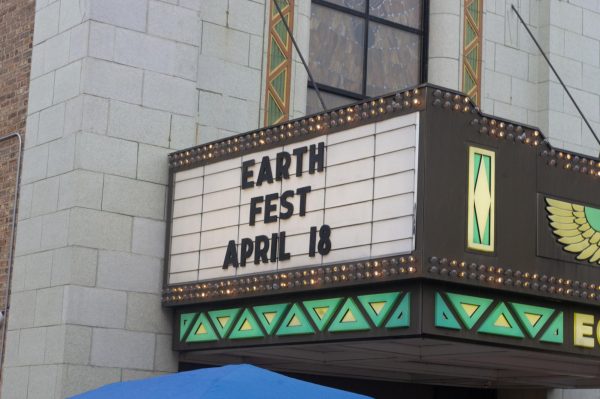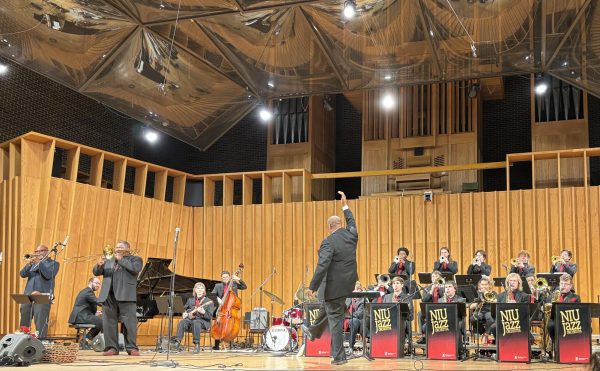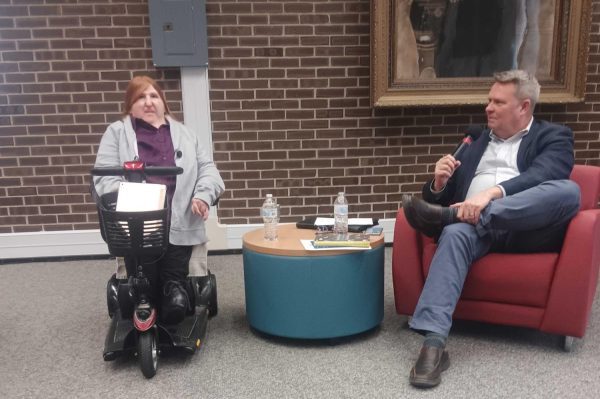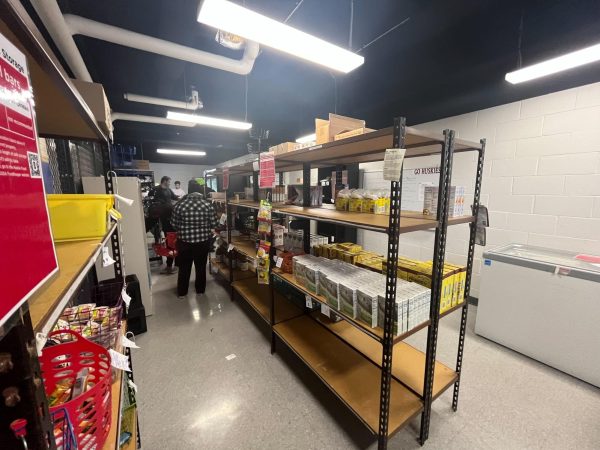Filmmaking technology put in spotlight
April 21, 2005
Every year, anybody who’s someone in the world of broadcast video production descends on beautiful Las Vegas to attend the National Association of Broadcasters convention. From CNN to Schaumburg-based Midwest Media Group, every aspect of an ever-changing, always-growing business is represented.
This year’s NAB could probably be summed up in two letters – HD. This year’s convention packed everything HD, from $100,000-plus Sony cameras used by “Star Wars” director George Lucas to the lowest-end HD that can be purchased for just less than $10,000. Speaking of Mr. Lucas …
Wrapping up?
Industrial Light and Magic’s Mike Casey paid a visit to the Discreet booth to discuss Discreet’s Flame and Smoke software – all software that ILM uses to create and manage all of those computer-generated shots in movies such as “Star Wars: Episode III” and “War of the Worlds.”
Casey is a member of ILM’s Sabre division. When filmmakers need something done fast and aren’t sure how to do it, they come to Sabre. Among those visiting the department are George Lucas, Steven Spielberg and Michael Bay.
“Right now, we’re trying to finish ‘Episode III’ – we’re still in the color-grading process,” Casey told an attentive audience. “Plus, we have ‘War of the Worlds’ being pushed through. We’re expecting 100 shots for that film, maybe more. We’re not sure how big that’s going to get.”
Each of these movies carries a hard date, meaning there is no possibility for them to change. “War of the Worlds” was completed and cut on a tight schedule, one just big enough for Tom Cruise and Steven Spielberg to be able to collaborate on the project.
“Did I also mention that we’re attempting to finish ‘The Island’?” Casey laughed. “We’re supposed to figure out a way to have Jude Law handcuff himself to his clone and completely interact with him.”
Product of the show
Frequent eruptions of applause came from Apple’s Final Cut Studio – one in particular when a tutorial guide explained Final Cut Pro’s new multi-cam editing feature to a crowd of hundreds gathered to watch.
Panasonic’s new camera technology no longer records to tape; it records to a small, thin card that can be inserted directly into a computer.
This means no more worrying about generation loss on a tape. No more getting tangled up in the record heads. And best of all, no more capturing into your editing system.
After the card is inserted, the media can be immediately dumped into your system. Then you eject the card, wipe it and use it all over again, with no quality loss whatsoever. The cards come in sizes up to 8 GB, meaning about 32-40 minutes of video can be stored on each card.
Right now the technology is available only at the professional level, with the cheapest camera running around $10,000, not including the cost of the cards.










